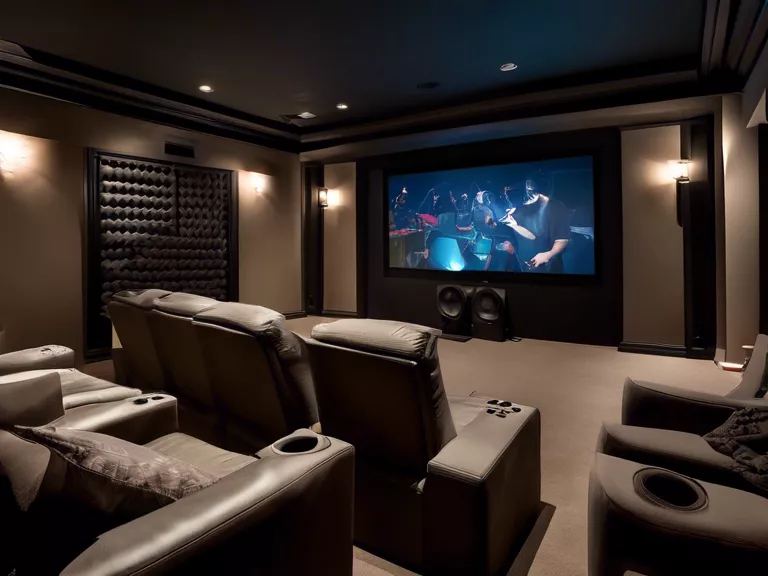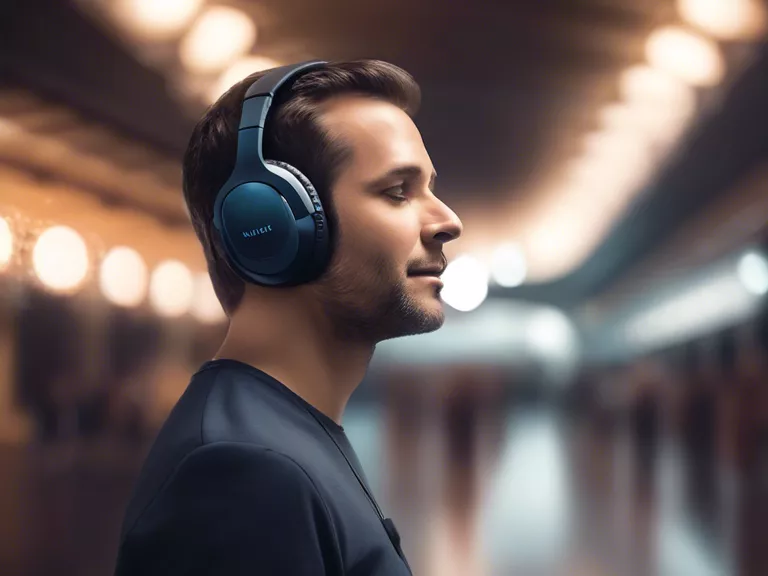
In recent years, immersive sound systems have revolutionized the way we experience audio in home theaters. Gone are the days of simple stereo setups, as technologies like Dolby Atmos and DTS:X have ushered in a new era of three-dimensional audio. These systems create a more realistic and immersive sound environment, transporting viewers right into the heart of the action on screen.
One of the key features of these immersive sound systems is object-based audio. Traditional surround sound systems use channels to deliver audio, but object-based audio allows sound designers to precisely position and move individual sounds within a 3D space. This creates a more dynamic and lifelike audio experience, with sounds coming from all directions, including above and below the listener.
Another advantage of immersive sound systems is their flexibility. These systems can work with a variety of speaker configurations, from basic setups with upward-firing speakers to more elaborate systems with ceiling-mounted speakers. This flexibility allows users to tailor their audio setup to their specific room and preferences, ensuring optimal sound performance.
Immersive sound systems also enhance the overall viewing experience. By creating a more realistic sound environment, these systems can increase the emotional impact of a movie or TV show. Whether it's the roar of a spaceship flying overhead or the subtle rustling of leaves in a forest, immersive sound systems make viewers feel like they are truly part of the on-screen world.
As technology continues to advance, immersive sound systems are becoming more accessible to the average consumer. Prices have dropped, and more content is being produced with immersive audio in mind. This means that more and more people can enjoy the benefits of these systems in their own home theaters.
In conclusion, immersive sound systems are transforming home theaters by creating a more realistic, dynamic, and immersive audio experience. With their flexibility, enhanced viewing experience, and increased accessibility, these systems are set to become the new standard for audio in the home entertainment industry.



